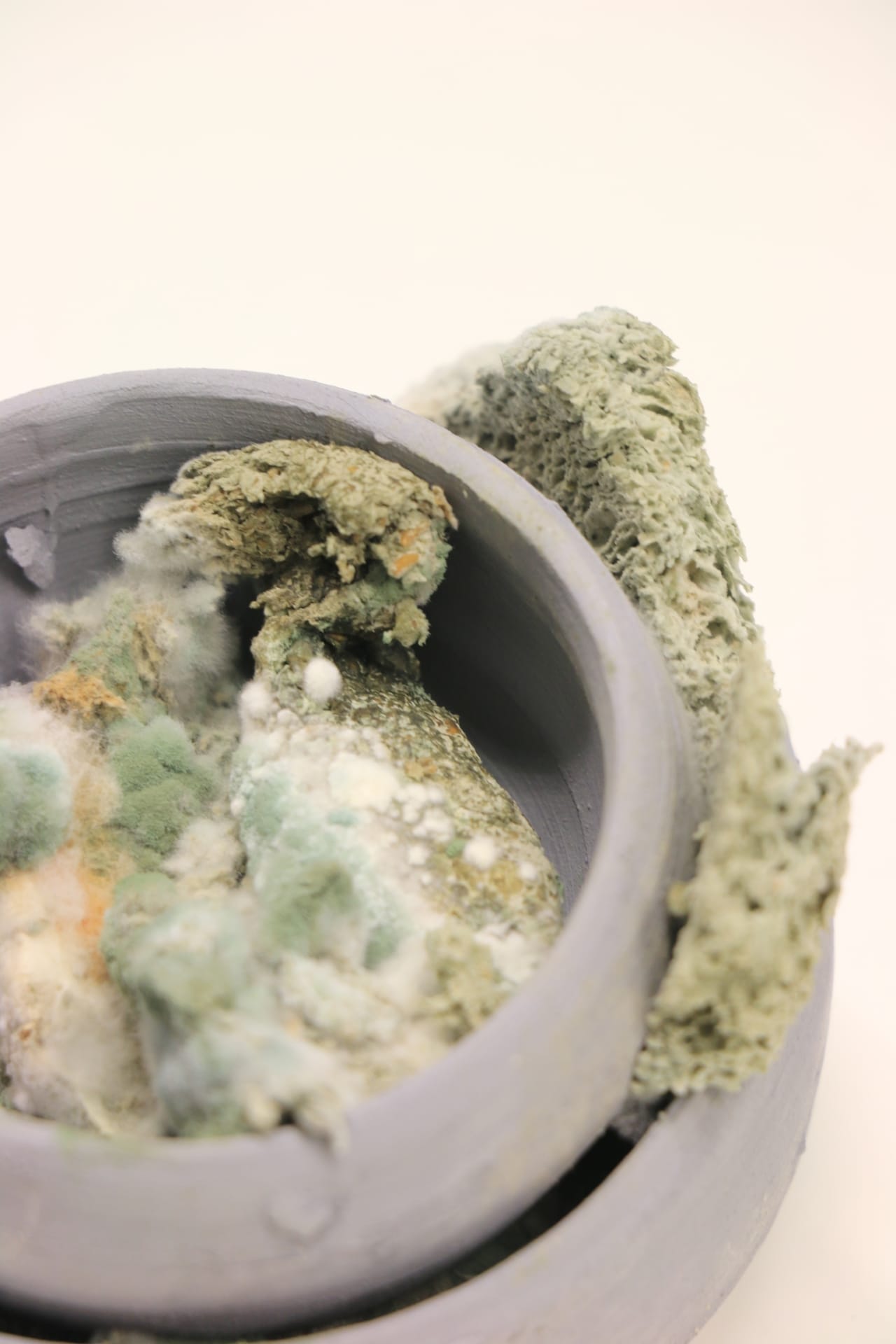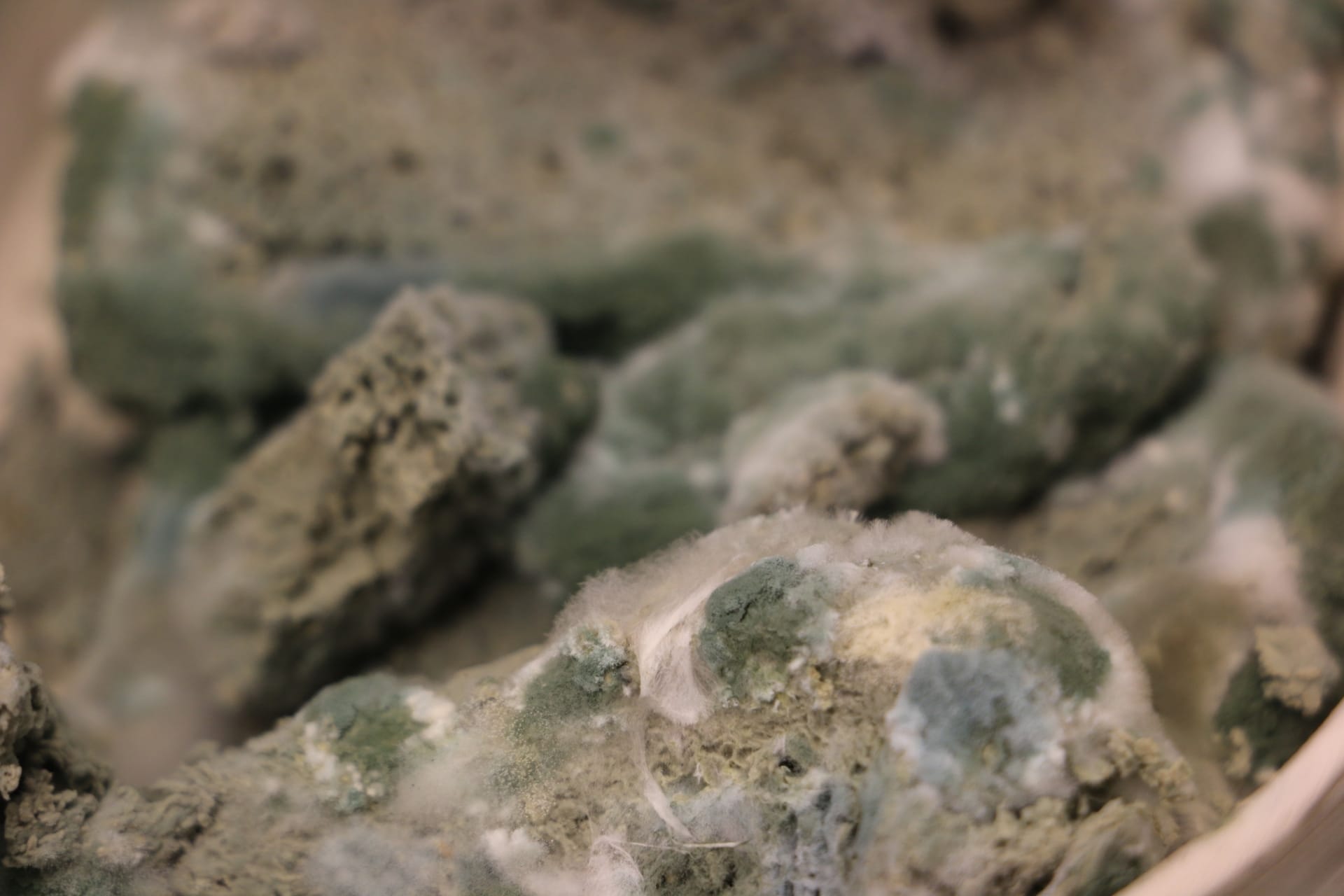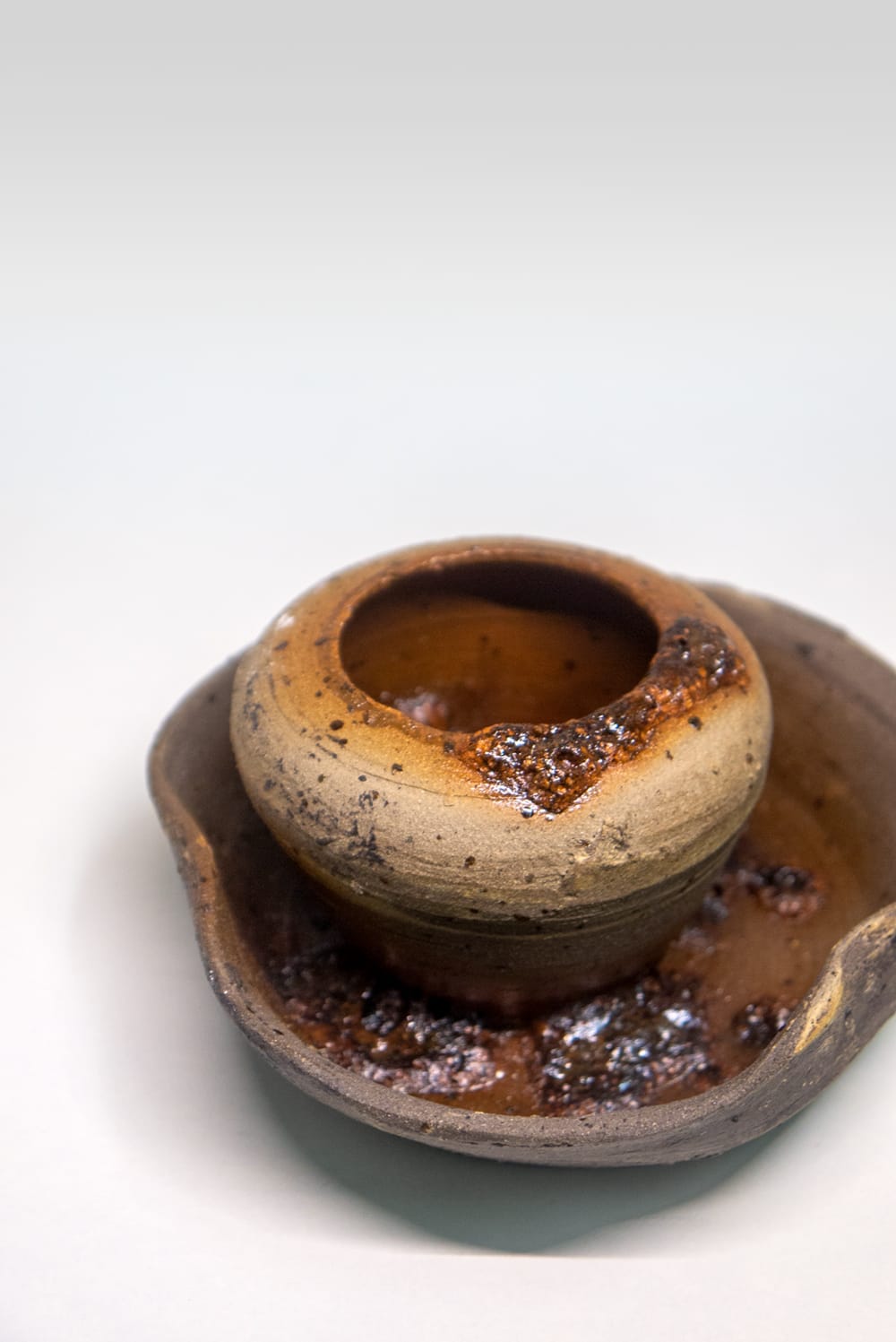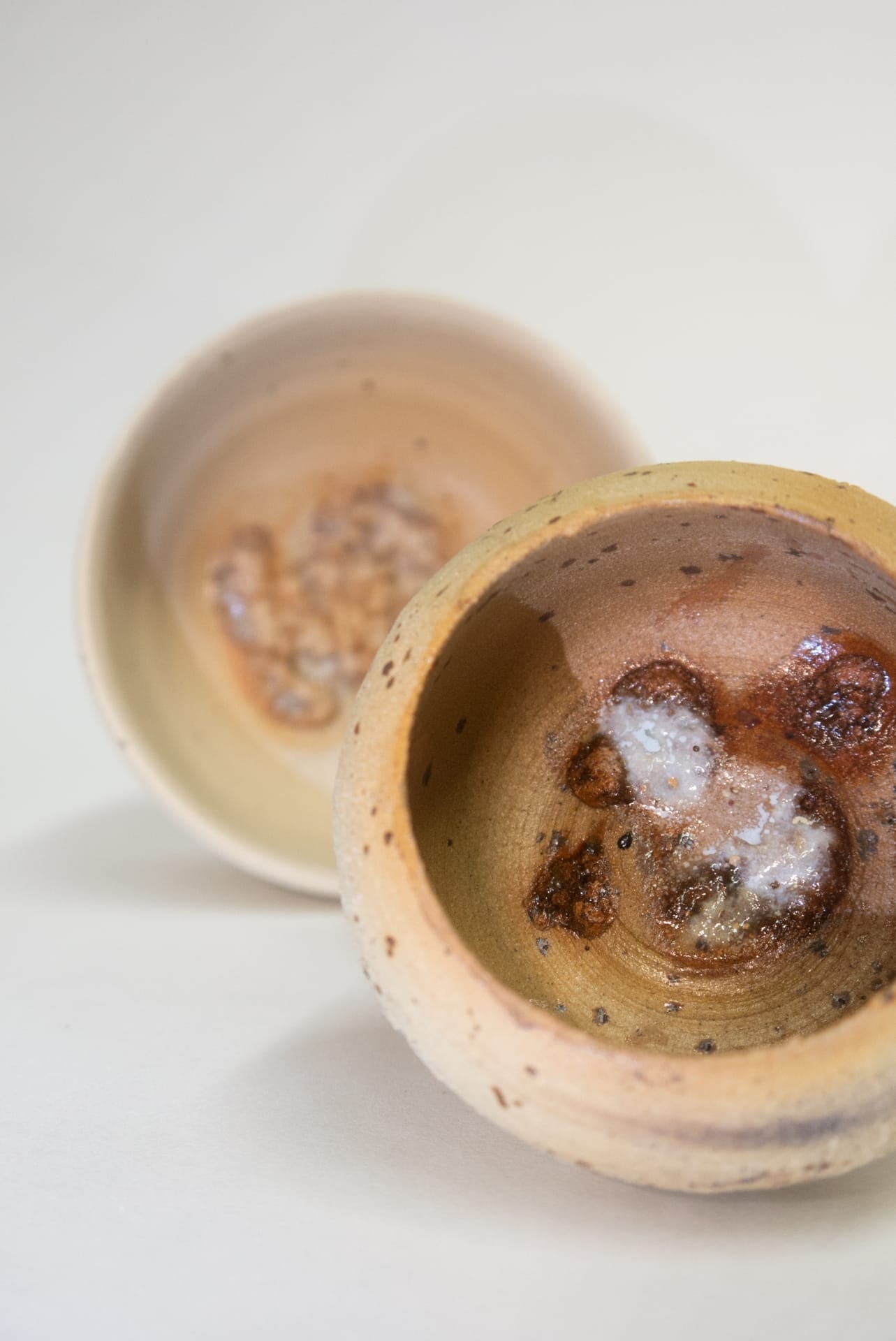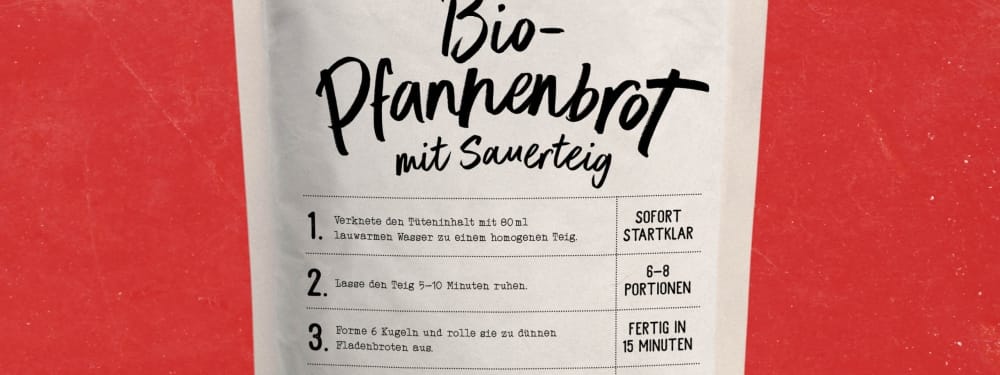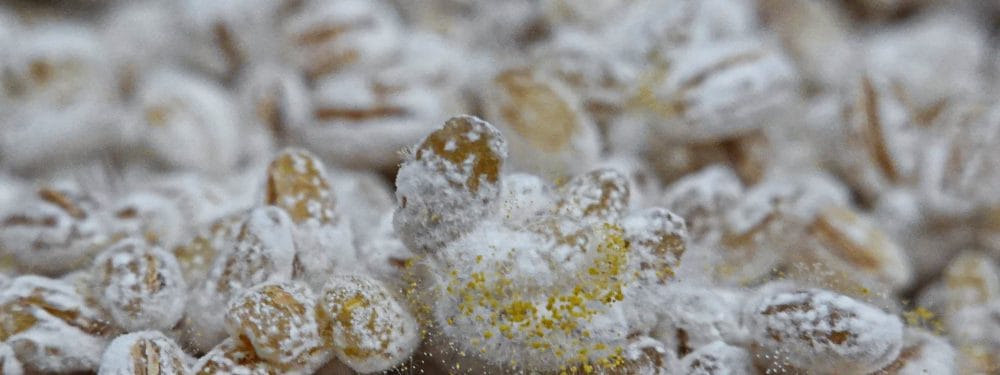BREAD MEETS CERAMICS
We encounter the union of bread and ceramics every day, mostly at the breakfast table. It is also not uncommon to see how bread is transformed from food into a habitat for mold for humans. Bread streaked with fungal spores not only ends up in the household, but often also straight from the supermarket shelf in the trash.
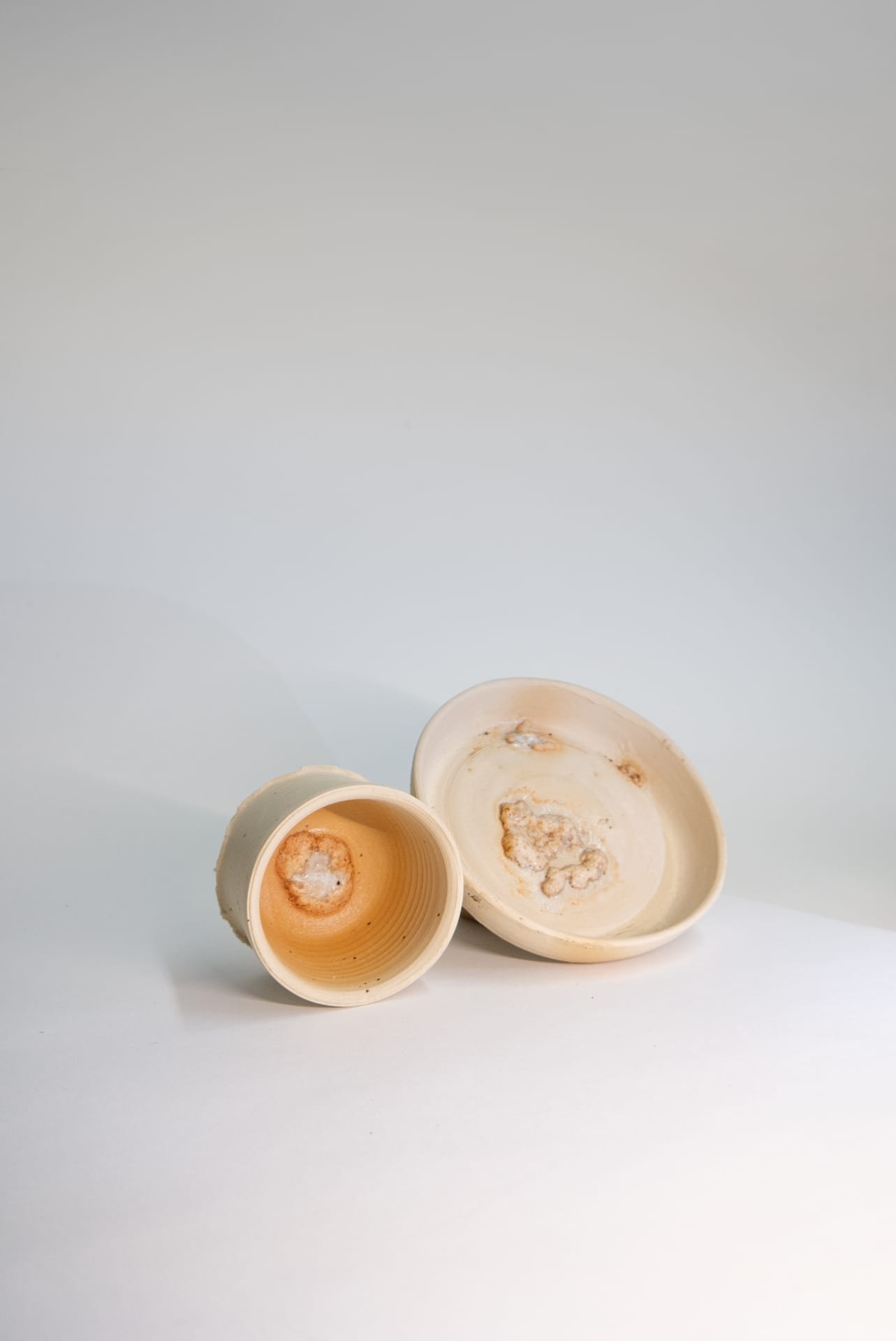
How can this bread be used further? How can a new connection arise between the biological matter of bread and its decay with the geological matter of ceramics?
MOLD BECOMES BEAUTIFUL
Ceramics and the processes behind them fascinate us. For the production, the so-called cullet is usually high-fired twice at temperatures up to 1280°C. At these temperatures, organic components normally burn without leaving any residue. We wanted to find out whether this is actually true. The starting point of our experiment was bread that was no longer usable for human consumption due to an incipient mold infestation. Instead of disposing of it, we joyfully allowed the breads and their mushrooms to flourish in a still slightly damp twisted container. After some time in the new home, we could hardly see the bread slices their original bread existence. Rather, they now reminded us of green landscapes. After firing these vessels – including their landscapes – a new surprise awaited us.
Contrary to all statements and experiences of the experienced ceramists, not all organic components burned. Rather, the result is a fusion of bread and vessel. The result is bowls that have absorbed the remains of the bread like an “essence”. The visual appearance of the structure and appearance of the resulting surface is reminiscent of CO2 bubbles that rise from the dough during proofing.
Also in this process, the gloss is also created in the firing process. Usually, the gloss on the ceramic is created by glaze. The glass particles contained there are melted onto the ceramic in the firing. Despite aesthetics, this creates a major disadvantage of ceramics – recycling. In combination with glaze, the otherwise organic ceramic becomes hazardous waste. In the “mold shells” approach, we dream of finding a way to make a recyclable object with a glaze-like surface one day. And maybe soon we will be able to make our own sourdough bread in the bowls.
